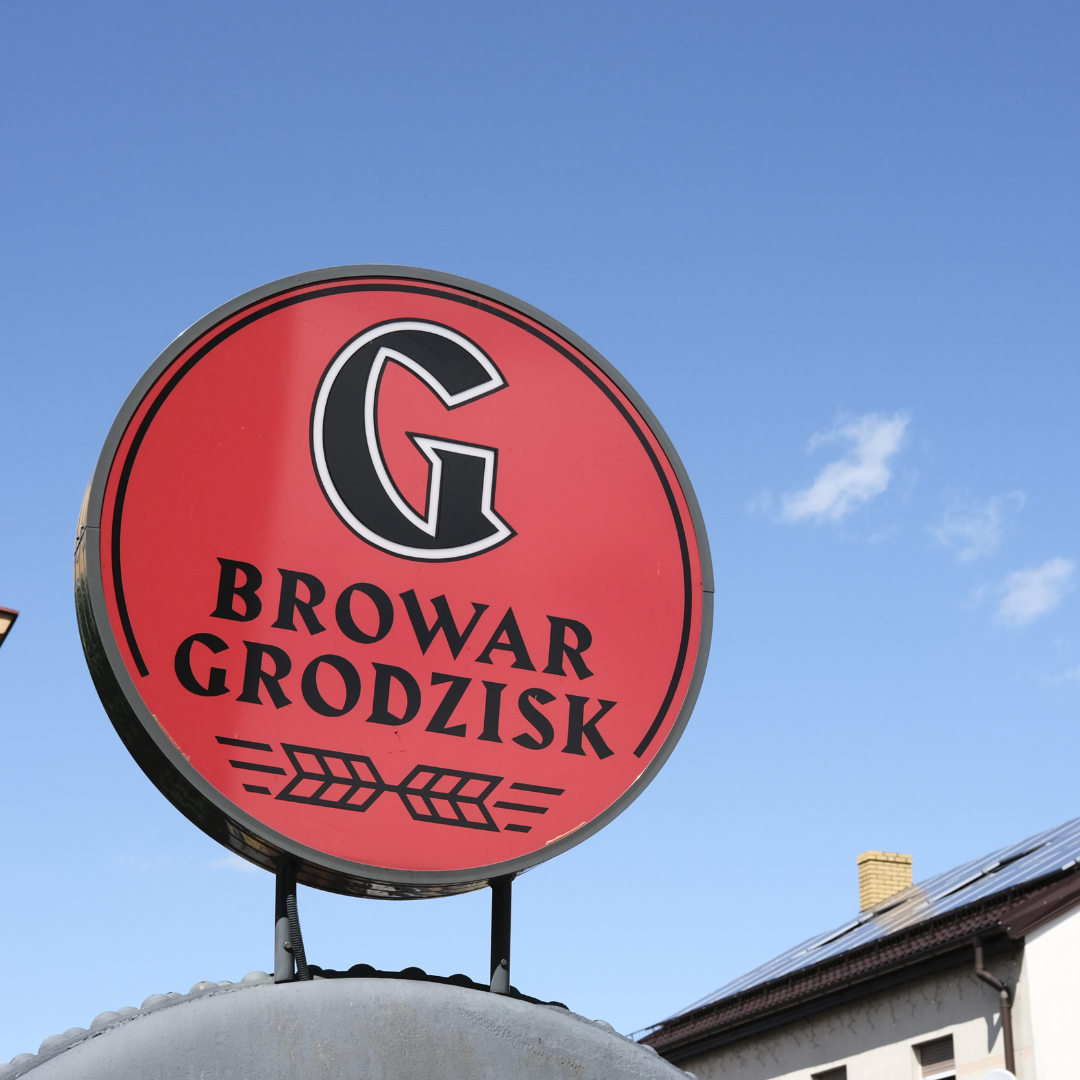WHAT IS THE GRODZISKIE STYLE BEER?
We are excited to be part of the revival of the iconic Grodziskie style, a 100% smoked wheat ale in the sessionable 2.5-3.3% ABV range, that defines Poland’s rich brewing heritage, with a yeast blend collected from the original Grodziskie brewery straight from the revived Grodzisk Brewery in the city of Grodzisk Wielkopolski, Poland.
The Grodziskie style is celebrated for its clean fermentation profile, with just a hint of pear-like esters. To honor this tradition, we meticulously recovered the original yeast strain from pre-1994 bottles.
THE EXPERIMENT
The strains present were isolated by plating them on several different media and observing differences in morphology and coloration. A total of 4 different isolates were obtained from the original yeast strain from pre-1993 bottles.
Based on information from the Browar Grodzisk team on fermentation performance, the isolates were characterized to fast ferment in a wide range of wort strength (up to 30 °P) and temperatures (5-30°C).
RESULTS
- GA Yeast isolate 1
- GB Yeast isolate 2
- GC Yeast isolate 3
- GD Yeast isolate 4
Genus Determination
To confirm its genus and diastatic potential, the total DNA of each strain was extracted and used to perform PCR with primers for the ITS region and STA1 gene (corresponding to the extracellular glucoamylase). A STA1+ strain (WLP644) and STA1- strain (WLP001) and ITS positive control (WLP001) were tested alongside the samples.
 Figure 1. PCR results of ITS and STA1 test of strain A, B, C and D. PC: Positive control.
Figure 1. PCR results of ITS and STA1 test of strain A, B, C and D. PC: Positive control.
All samples presented a band size consistent with the characteristic band for the ITS of Saccharomyces cerevisiae (850 bp), confirming that the strains belong to the Saccharomyces genus. None of the strains tested positive for the STA1 gene. All the strains presented growth at 37 °C, suggesting a S. cerevisiae background.
Two strains dominated the mixed culture population, strain A (65-75%) and strain B (10-20%), and were subject to further characterization and fermentation.
The Two Isolates
The isolates were then propagated and trialed. A pitch rate of 0.75 million cells/mL/Plato was used to inoculate the fermentations. In a closed system, CO2 production is proportional to ethanol production and gives a very accurate measurement of fermentation progress. The replicates presented identical performance, and only their average values are shown. Final pH, gravity, and alcohol content were additionally determined to assess fermentation progress.
Experiment 1 - Gravity
Wort strength: 8, 12, 15, 18 and 30 °Plato.
Temperature: 18 °C
Experiment 2 - Temperature
Wort strength: 12 °Plato
Temperature: 5, 10, 18 and 30 °C.
DIFFERENT GRAVITIES
Strain GA
 Figure 2. Strain GA Fermentation Curve at Different Gravities
Figure 2. Strain GA Fermentation Curve at Different Gravities
Strain GA was the dominating strain in the slurry received. The strain showed good ability to propagate and effective ability to ferment in many environmental conditions (Fig. 2). Strain GA presented a fast fermentation across all the tested gravities (8 - 30 °P), with active CO2 and ethanol production within 24 hours. (Fig. 2 and Table 1). This suggests a good resistance to osmotic stress and therefore promising as a yeast used for many different beer styles.
 Strain GB
Strain GB

Figure 3. Strain GB Fermentation Curve at Different Gravities
Strain GB was the second most dominating strain in the slurry received (10-20%). The strain showed a good ability to propagate and an effective ability to ferment in many environmental conditions (Fig. 3). This strain presented strong flocculation. Strain GB presented a fast fermentation across all the tested gravities (8 - 30 °P), with active CO2 and ethanol production within 24 hours. (Fig. 3 and Table 3). This suggests a good resistance to osmotic stress and therefore promising as a yeast used for many different beer styles.
 DIFFERENT TEMPERATURES
DIFFERENT TEMPERATURES
Strain GA
 Figure 4. Strain GA Fermentation Curve at Different Temperatures
Figure 4. Strain GA Fermentation Curve at Different Temperatures
Furthermore, the GA strain also presented the capacity to ferment across a wide range of temperatures (5 - 30 °C), with ethanol being detected across all temperatures (Fig. 4 and Table 2). Surprisingly, ethanol content above 1.5% was measured at 5 °C, indicating that this strain can ferment even at very low temperatures.

Strain GB
 Figure 5. Strain GB Fermentation Curve at Different Temperatures
Figure 5. Strain GB Fermentation Curve at Different Temperatures
The GB strain also presented the capacity to ferment across a wide range of temperatures (10 - 30 °C), with the lag phase duration being closely related to the fermentation temperature (Fig. 5 and Table 4). No ethanol production was observed at 5 °C.
 CONCLUSION
CONCLUSION
The two top strains isolated from the yeast slurry presented a good ability to ferment in many different conditions, showing a versatility that enables these strains to be used in many different beer styles besides the traditional Grodziskie style.
To be as accurate as the true Grodziskie yeast blend and flavor for the Grodziskie style, we decide to blend both of the top two strains to make WLP548 Original Grodziskie Yeast Blend. Known for its clean fermentation profile, with just a hint of pear-like esters.
LEARN MORE ABOUT THE GRODZISKIE STYLE
https://beerandbrewing.com/grodziskie-smoky-hoppy-mysterious-and-so-much-fun-to-drink/
https://www.bjcp.org/style/2015/27/27A/historical-beer-piwo-grodziskie/


 Figure 1.
Figure 1.
 Strain GB
Strain GB
 DIFFERENT TEMPERATURES
DIFFERENT TEMPERATURES


 CONCLUSION
CONCLUSION


